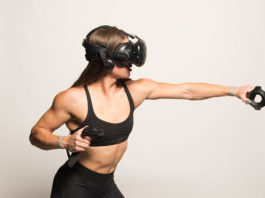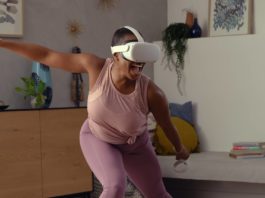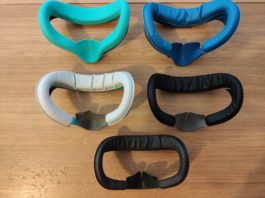Oslo-based researchers are using Microsoft’s HoloLens to transform two-dimensional medical images into three-dimensional models. This augmented reality technology is proving quite helpful in the planning of surgeries and navigating through patient organs in the midst of a surgical procedure. The Oslo research team’s work combined with efforts of developers at the IT consulting firm Sopra Steria have proved so revolutionary that the groups were awarded with Microsoft’s Health Innovation Award.

About The Intervention Centre at Oslo University
The Intervention Centre at Oslo University Hospital is a research wing of the general surgery department that strives to improve various surgical procedures. The group has made great strides in combining information from two-dimensional slices to create a three-dimensional model. They have been toiling away at the project for more than 10 years. The Centre’s primary objective is to create new treatments and procedures that make surgeries easier, faster and cheaper. The Centre also compares new and current strategies, boosts complex imaging techniques, provides radiation protection and even examines the economic and social results of new procedures.
How the Tech Works
The Oslo research team used Microsoft’s HoloLens to build three-dimensional models with data stemming from their hospital’s CT and MRI machines. These machines generate images that can be transformed into three-dimensional models that ameliorate the challenges involved with complicated surgical procedures. As surgeons plan out the details of procedures, they flip between all sorts of data and images, often referred to as “slices”. These slices are sourced from the scanning machines noted above. Such images are much easier to analyze when presented in seemingly real three-dimensions.
An example of the technology’s merit is the improved ability to treat liver cancer. The new technique empowers surgeons to leave a larger portion of the healthy liver tissue within the body. This remaining portion heightens patient’s ability to endure additional surgery throughout the treatment cycle. Oslo University Hospital surgeons and researchers are currently exploring all sorts of other applications for Microsoft’s HoloLens.
The Precise Surgical Procedures Surgeons and Patients Have Dreamed Of
The magic of Microsoft’s HoloLens is that it provides a sort of omniscient point of view in which surgeons can see and explore organs in three dimensions. This viewpoint can be obtained through the Hololens’ augmented reality before the surgery takes place and even in the midst of a stressful surgical procedure. Think of the technology as a means of traveling around a patient’s internal organs in three dimensions for a crystal clear picture of what is happening. This viewpoint empowers surgeons to develop nuanced strategies for even more precise surgical operations that would not be possible when looking at images in two-dimensions on computer screens.

The specific method used with the HoloLens technology is referred to as picture segmentation. Pertinent portions of CT and MRI scans are used to generate the three-dimensional model necessary for accurate and in-depth surgery planning as well as the procedure’s execution. The three-dimensional model displays an organ like the liver and its tumor along with surrounding blood vessels in astonishing detail. It is all presented in a seemingly lifelike augmented reality when the surgeon dons the HoloLens.
Up until now, the technology has been used for liver cancer patient treatments and those suffering from heart conditions. The Oslo research team is working to figure out other ways to use the HoloLens. It might soon be used to plan and execute keyhole surgeries as well as replacing heart valves by providing surgeons with an enhanced virtual image of the nearby tissue. The rub is in figuring out how to update images as quickly as possible in the midst of a stressful and time-sensitive surgical procedure.




